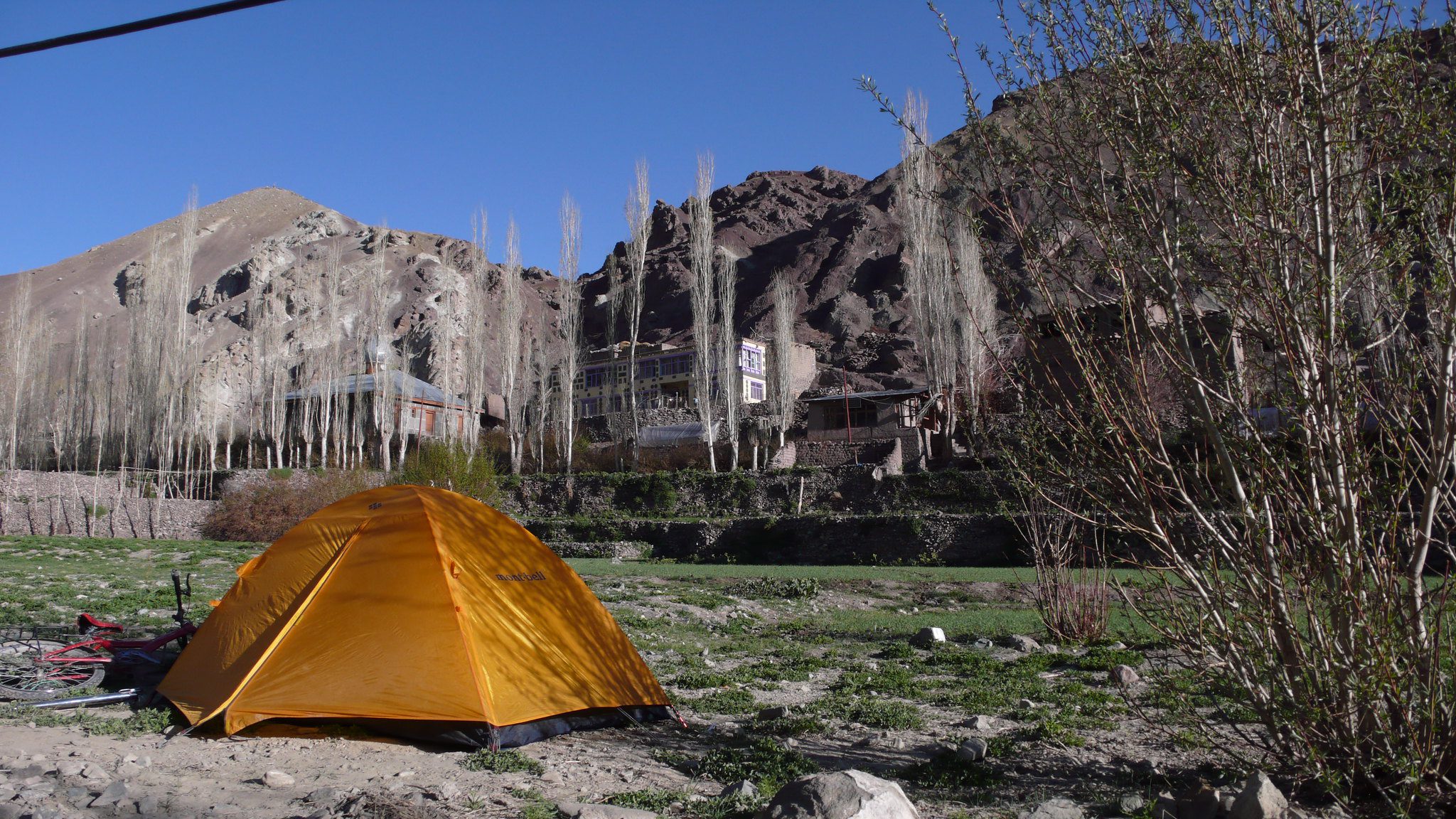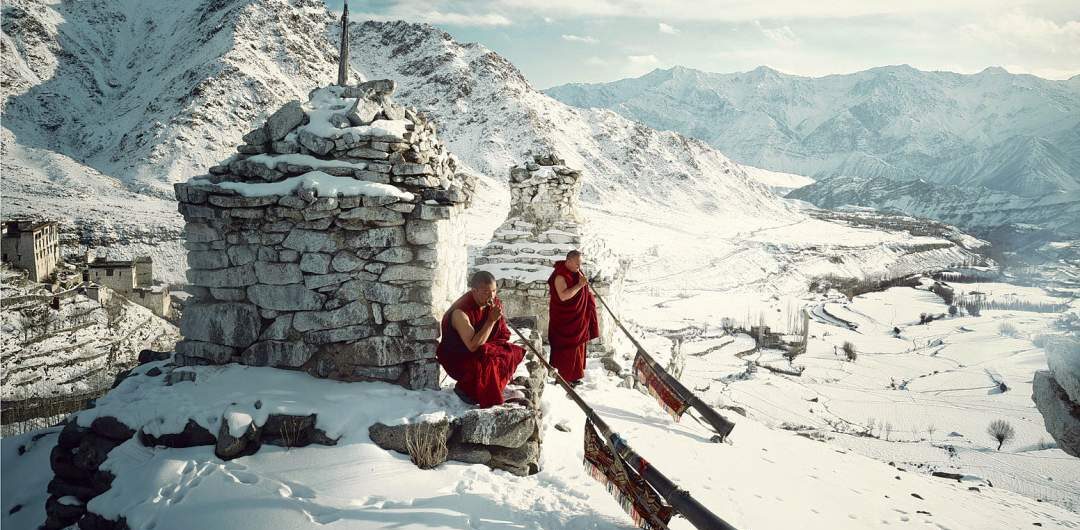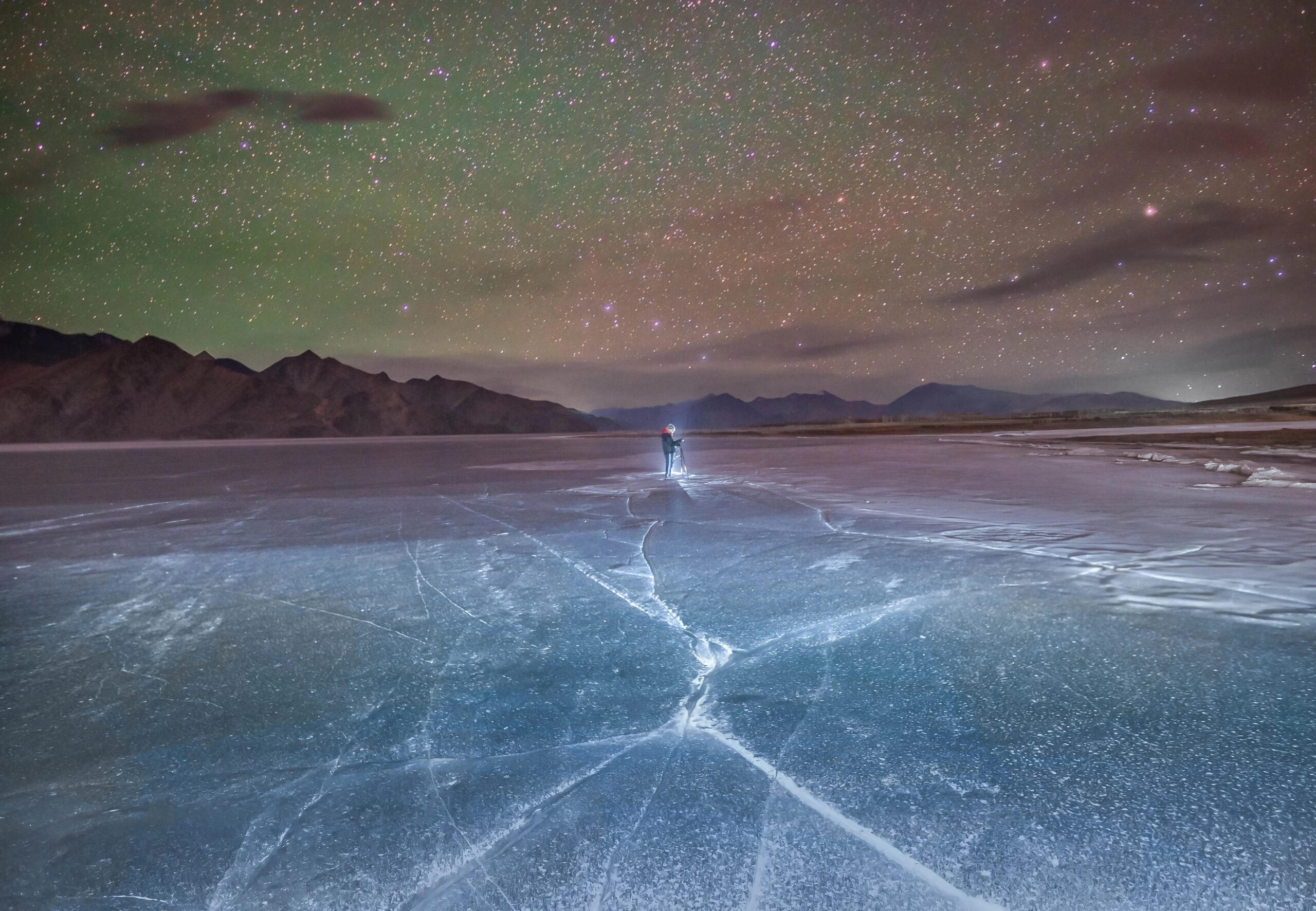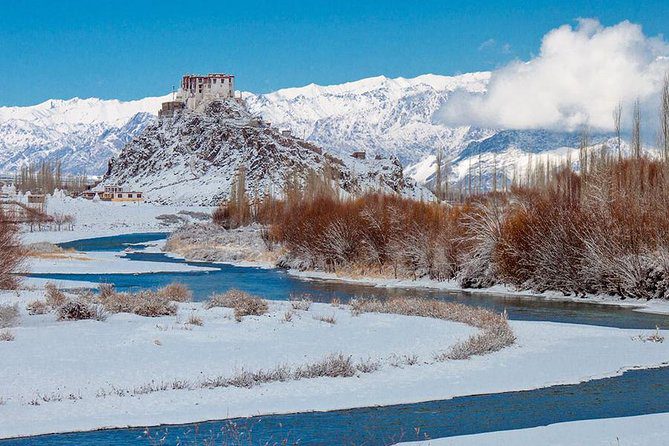Ladakh is one of India’s most stunning travel destinations, known for its awe-inspiring landscapes, high-altitude desert charm, and rich cultural heritage. But given its extreme weather conditions, choosing the right season is crucial to enjoying the best of Ladakh. This seasonal guide explores the best time to visit Ladakh, with insights into what each season offers, practical travel tips, and real traveler experiences.
Understanding Ladakh’s Climate and Seasons
Why Ladakh’s Climate Matters for Travelers
Ladakh’s unique high-altitude desert climate directly affects travel experiences. Located between the Himalayas and the Karakoram mountains, Ladakh experiences cold winters and relatively mild summers, while rain is rare due to the rain-shadow effect. This dramatic variation in climate makes it essential to understand each season’s highlights and challenges.
Seasonal Breakdown of Ladakh’s Weather
Here’s a brief overview of what to expect across seasons in Ladakh:
| Season | Months | Temperature | Highlights |
|---|---|---|---|
| Summer | April to June | 10°C – 25°C (day) | Mild weather, accessibility |
| Monsoon | July to September | 10°C – 20°C (occasional rain) | Fewer tourists |
| Autumn | September to October | 5°C – 20°C | Clear skies, festivals |
| Winter | November to March | -5°C to -20°C (snow) | Snow landscapes, festivals |

Visiting Ladakh in Summer (April to June)
Why Summer is the Best Time for Leh Ladakh Tourism
Summer is widely regarded as the best time to visit Ladakh. With the mountain passes reopening after winter and mild, sunny weather making exploration enjoyable, it’s a prime time for sightseeing and outdoor activities.
Customer Testimonial
“I loved Ladakh in May! The roads were open, and the landscape was full of life. Exploring Pangong Lake and Nubra Valley under clear skies was unforgettable.”
— Alex Thompson, Software Engineer, USA
Activities to Enjoy in Ladakh During Summer
Summer is ideal for adventure seekers and nature lovers alike. Here are some popular summer activities:
- Road Trips: The scenic Manali-Leh and Srinagar-Leh highways open in late May, offering breathtaking views.
- Trekking: Trails like Markha Valley and Nubra Valley are open, offering diverse landscapes and wildlife sightings.
- River Rafting: The Zanskar River offers thrilling rafting experiences, especially in June.
- Festivals: Summer festivals like Hemis Festival and Yuru Kabgyat bring Ladakh’s vibrant culture to life.
Tips for Planning a Summer Trip to Ladakh
- Pack Layers: Temperatures drop at night, so pack light layers.
- Stay Hydrated: High-altitude sun exposure can lead to dehydration, so keep water handy.
- Check for Road Conditions: Verify the status of mountain passes, especially if arriving in early April.

Exploring Ladakh During the Monsoon (July to September)
What to Expect from Ladakh’s Monsoon Season
Ladakh experiences isolated showers during the monsoon. While the rain is not intense, roads may occasionally be affected by landslides or temporary closures, especially on the highways connecting Manali and Srinagar.
Is Monsoon a Good Time for a Road Trip to Ladakh?
Although it’s not the most popular time, monsoon in Ladakh has its own appeal. The region sees fewer tourists, making it ideal for travelers seeking solitude. The landscapes appear greener, adding a new dimension to the otherwise arid scenery.
Customer Testimonial
“Visiting Ladakh in August was unexpectedly peaceful. Fewer crowds at Pangong Lake and Nubra Valley made the quiet solitude amazing.”
— Jessica Martin, Travel Blogger, United Kingdom
Travel Tips for Visiting Ladakh in Monsoon
- Pack Waterproof Gear: Light rains can be expected, especially on roads leading into Ladakh.
- Prepare for Route Flexibility: Check road conditions frequently; alternate routes may be necessary.
- Choose Local Drivers: Local drivers are familiar with Ladakh’s challenging terrains and seasonal obstacles.

Experiencing Ladakh in Autumn (September to October)
Why Autumn is a Hidden Gem for Ladakh Travelers
Autumn, from September to October, brings clear skies, warm days, and fewer tourists. The landscapes come alive with vibrant colors, making it an ideal time for photographers and nature enthusiasts.
Customer Testimonial
“September in Ladakh was magical! The skies were blue, and the crowds were lighter than in summer.”
— Tom Suzuki, Photographer, Japan
Activities to Do in Ladakh During Autumn
- Photography: Clear skies and colorful landscapes make it perfect for scenic photography.
- Cultural Tours: Visiting monasteries like Hemis, Thiksey, and Shey in autumn provides a quieter, more immersive experience.
- Camping: Ideal weather for camping by Pangong Lake or Tso Moriri.
How to Plan an Autumn Trip to Ladakh
- Stay Informed About Temperatures: Nights get chilly, so plan accordingly.
- Pack Layered Clothing: Temperature can vary significantly between day and night.
- Check Festival Dates: Autumn festivals like the Ladakh Festival are worth experiencing.

Discovering Ladakh in Winter (November to March)
Is Winter a Good Time to Visit Ladakh?
Winter in Ladakh is ideal for those who enjoy serene snow-covered landscapes and unique adventure. Temperatures drop significantly, making it a quieter season perfect for travelers looking for solitude.
Customer Testimonial
“I visited Ladakh in January, and it was an unforgettable experience. Frozen lakes, snowy landscapes, and warm welcomes made it worth the cold.”
— Elena Novikov, Marketing Specialist, Russia
Activities to Enjoy in Ladakh’s Winter Season
- Chadar Trek: A renowned trek on the frozen Zanskar River, ideal for experienced adventurers.
- Wildlife Spotting: High-altitude wildlife like the snow leopard is more visible in winter, especially in Hemis National Park.
- Frozen Lake Visits: Pangong Lake and Tso Moriri freeze over, creating surreal landscapes.
Essential Tips for Traveling to Ladakh in Winter
- Carry Thermal Clothing: Temperatures can plunge to -20°C, so thermal layers and insulation are essential.
- Plan Around Road Closures: Air travel is the primary option in winter as most roads are closed.
- Stay Hydrated and Acclimatized: Winter travel demands extra hydration and gradual acclimatization.
Comparing Ladakh’s Peak Season and Off-Season Travel
Pros and Cons of Visiting Ladakh in Peak Season
| Advantages | Disadvantages |
|---|---|
| Optimal weather for sightseeing | Higher prices and full accommodations |
| Accessible roads and passes | Larger crowds, especially at attractions |
Benefits of Traveling to Ladakh in Off-Season
| Advantages | Disadvantages |
|---|---|
| Fewer tourists, quiet attractions | Harsh winter conditions |
| Lower accommodation and tour costs | Limited travel routes, fewer open services |

Q&A Section
Q: Can I Visit Ladakh in December or January?
A: Yes, but be prepared for extreme cold, closed roads, and limited amenities. Winter offers unparalleled views, but travel is challenging.
Q: What’s the Best Time for a Bike Trip to Ladakh?
A: The best time for biking is between June and September when roads are open, and the weather is mild.
Q: Which Month Has the Clearest Skies in Ladakh?
A: September to October offers crystal-clear skies, making it ideal for photography and sightseeing.
Q: When is the most affordable time to visit Ladakh?
A: Winter months (November to March) are the most affordable, with fewer tourists and lower accommodation costs, but expect limited accessibility.
Q: Is autumn a good time for photography in Ladakh?
A: Yes, autumn offers crisp blue skies and vibrant colors, making it perfect for photography enthusiasts.








